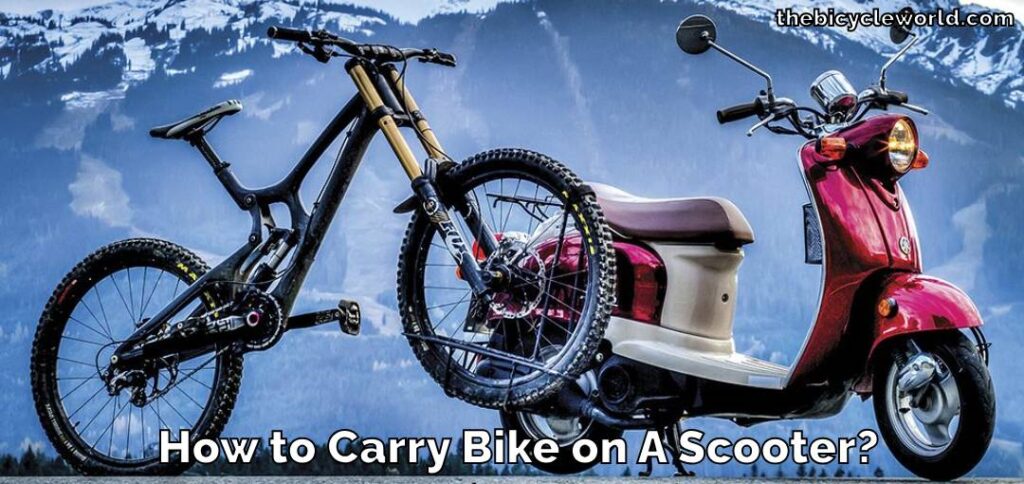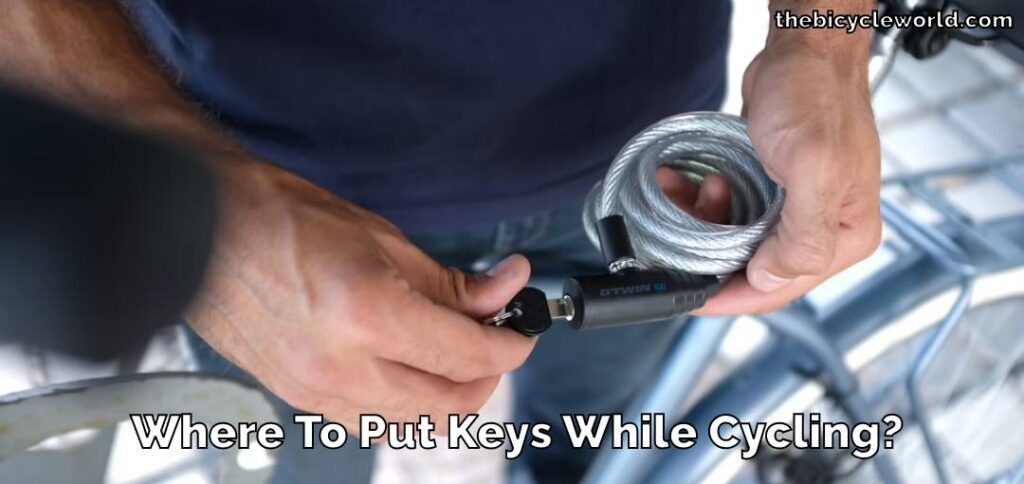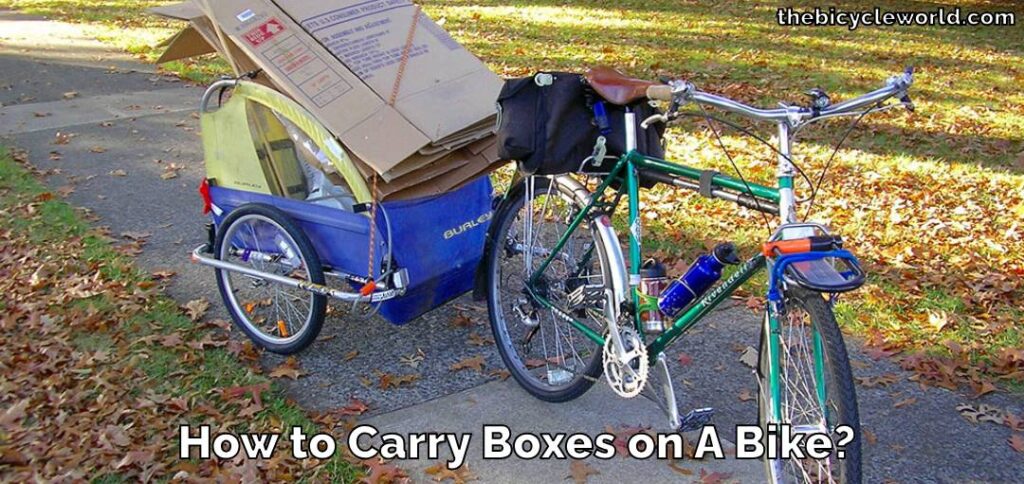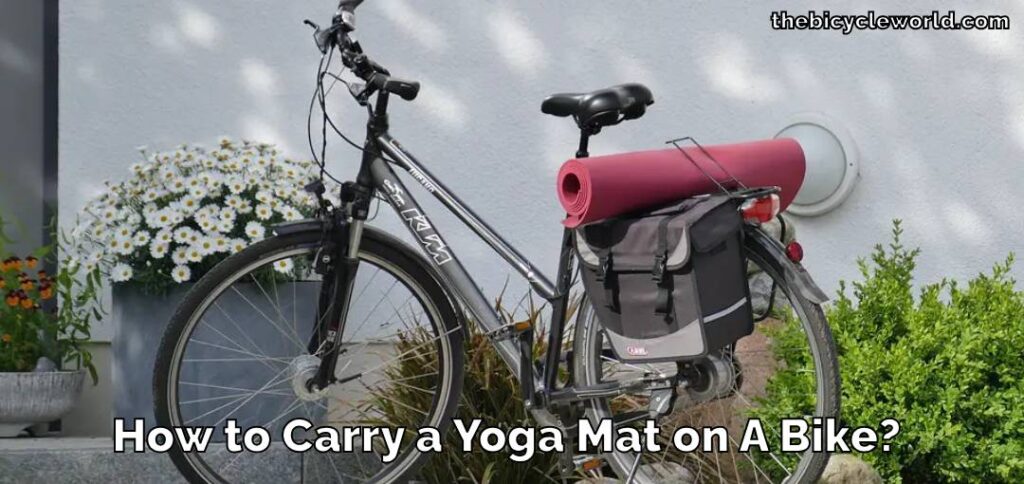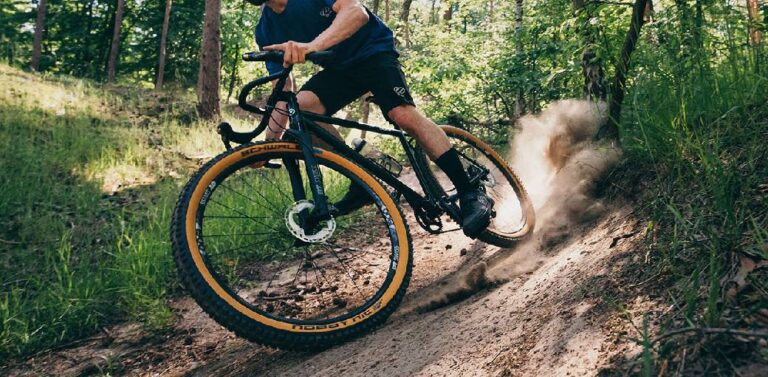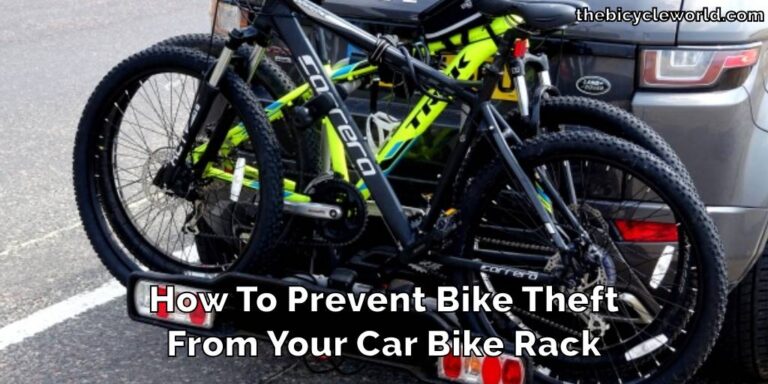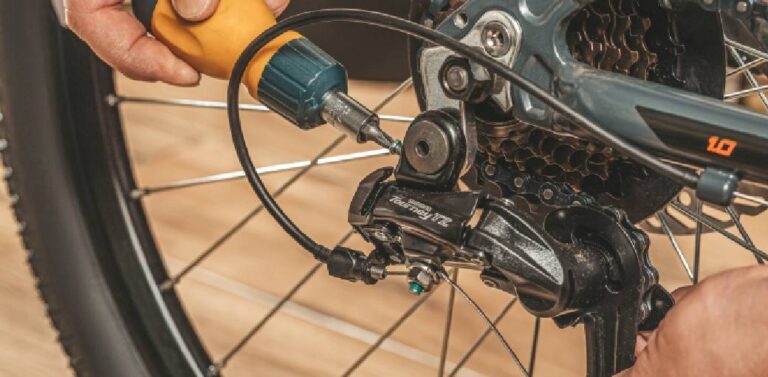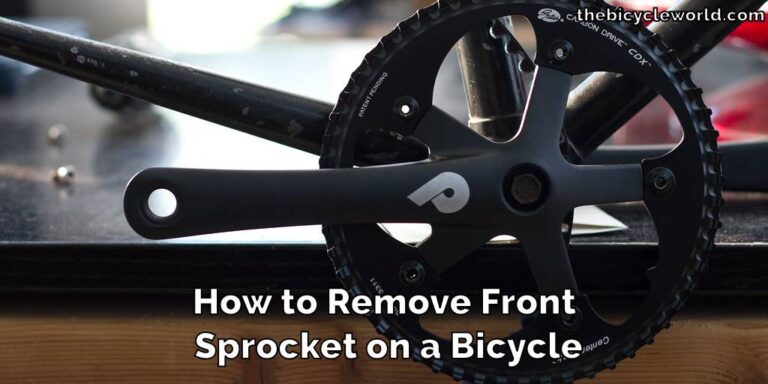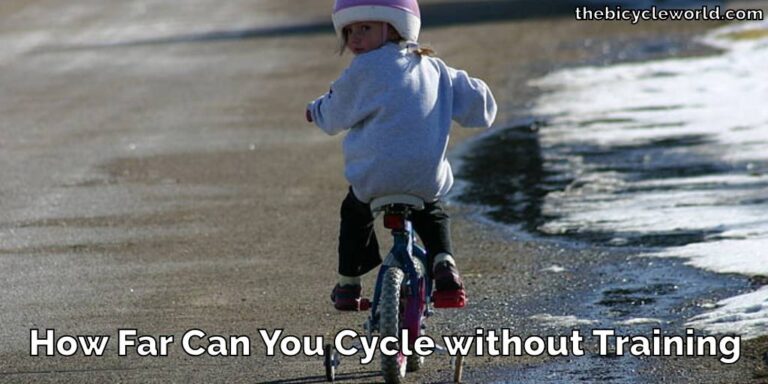How Long Do Bicycle Disc Brake Pads Last
For anyone who loves cycling, keeping your bicycle in great condition is key, and that includes paying attention to the brakes. The brake pads are an essential part of your bicycle’s disc brake system, helping you slow down or stop by creating friction. But like anything that gets regular use, brake pads wear out and will need to be replaced at some point.
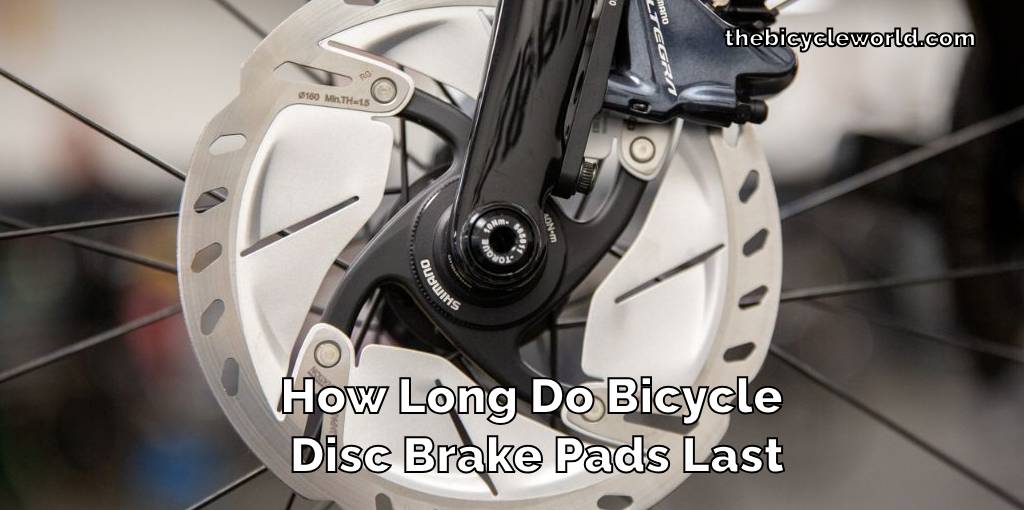
So, you might be wondering, “How Long Do Bicycle Disc Brake Pads Last” How often do you need to change these brake pads? The answer isn’t the same for everyone because it depends on how much you ride and under what conditions.
Generally, bicycle disc brake pads can last anywhere from a few hundred to a couple of thousand miles. That’s a big range, I know, but it comes down to how you use your bicycle.
And if you’re looking for ways to make your brake pads last longer, you’re in luck. There are definitely things you can do to extend their life and get the most out of your rides while keeping safe.
In this article, we’ll talk about the typical lifespan of bicycle disc brake pads and share some tips on how to make them last longer. So, let’s dive in and help you keep your bicycle in top shape for those enjoyable rides.
How Long Do Bicycle Disc Brake Pads Last
Bicycle disc brake pads are crucial for a smooth and safe cycling experience. On average, these brake pads can last anywhere from 500 to 700 miles if you’re riding under normal conditions. But remember, this is just a rough guide.
The truth is, how long your brake pads last depends on a bunch of different things. Where you ride, the weather, and how you ride can all change how quickly your brake pads wear down.
Let’s take a closer look with some examples:
- Mountain Bicycles: If you’re someone who loves mountain biking, tackling those hilly, rocky trails, you might notice your brake pads wearing out faster than usual. This is because the challenging terrain requires more frequent and harder braking, which can speed up the wear on your brake pads.
- City Cyclists: On the other hand, if you’re mostly riding on flat, smooth roads in the city, your brake pads might last longer. You’re likely not braking as hard or as often as someone who’s mountain biking.
- Wet Weather Riding: Ever ride in the rain? If you do it often, you might find that your brake pads wear out quicker. That’s because the mix of water and dirt on the roads can create more friction and grind down your brake pads faster.
It’s also worth mentioning that not all brake pads are created equal. Some are made from harder materials and might last longer, while others might be softer and wear down quicker. Plus, the type of disc (or rotor) that your brake pad works with can affect its lifespan too.
So, it’s a good idea to keep an eye on your brake pads’ thickness and condition regularly. It doesn’t matter if you’re a weekend warrior or a daily commuter; making sure your brake pads are in good shape is key to staying safe while you ride.
How to Make Bicycle Brake Pad Last Longer
Keeping your bicycle brake pads in good shape for longer periods isn’t just about being thrifty it also means you’ll enjoy steady, reliable braking with less frequent stops for maintenance. Let’s look at some key points that can help keep those brake pads going strong for longer:
Riding Conditions and Terrain

It’s simple logic – riding on smooth roads causes less strain on your brake pads than bumpy or muddied paths. If you’ve been cycling in areas with a lot of dirt, water, or grit, make sure to clean your brakes afterward. This helps cut down on the rough stuff that wears out the pads.
Brake Pad Quality and Type
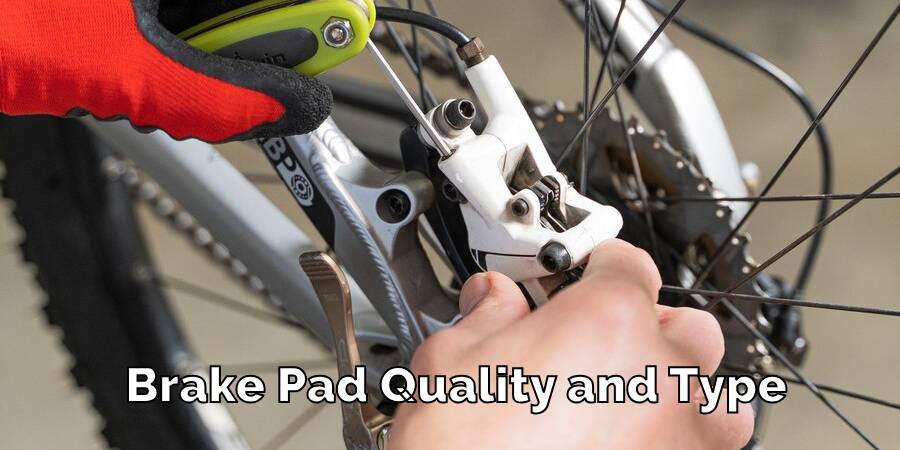
It might be tempting to buy cheaper brake pads, but spending a little more on good-quality ones can actually save you money in the long run. There are different types, such as organic, semi-metallic, and sintered. While sintered types might have a longer lifespan, organic ones can give a softer braking feel, even if they might wear out a bit quicker.
Rotor Material and Condition
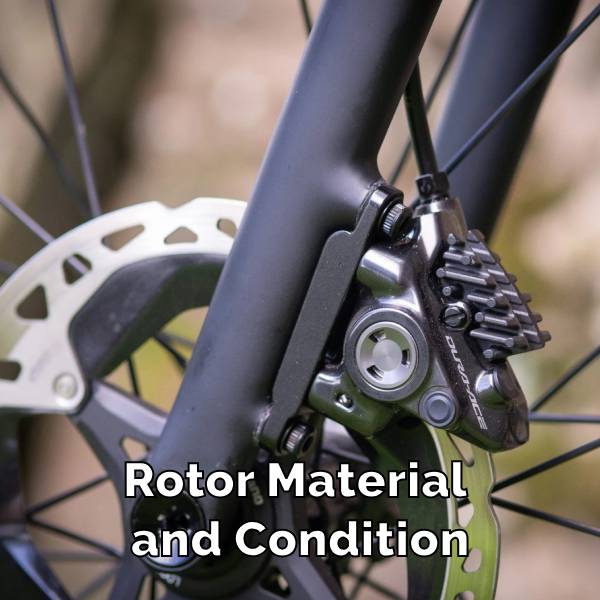
That disc the brake pad presses against? That’s the rotor, and its condition matters a lot. Using the right kind of rotor and keeping it free from damage helps your brake pads wear down evenly and last longer.
Your Riding Style and How Often You Brake
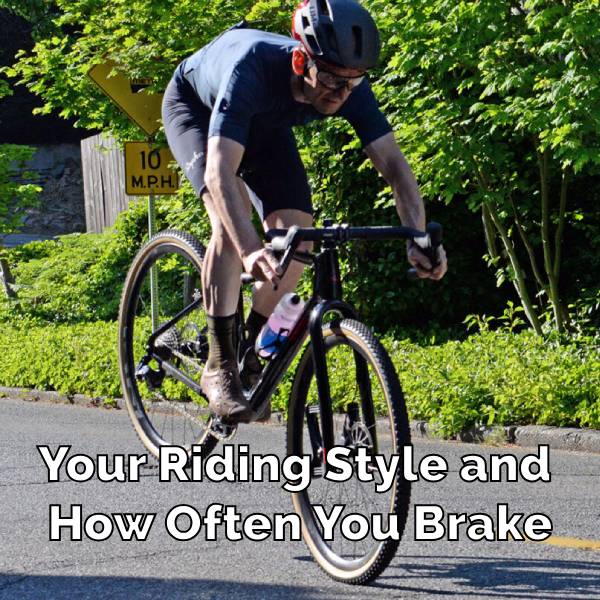
If you keep your finger on the brake or press down hard all the time, the pads will thin out faster. It’s best to brake smoothly and only when you really need to. This not only extends the life of the pads but also makes for a safer ride.
How Much Weight You’re Carrying
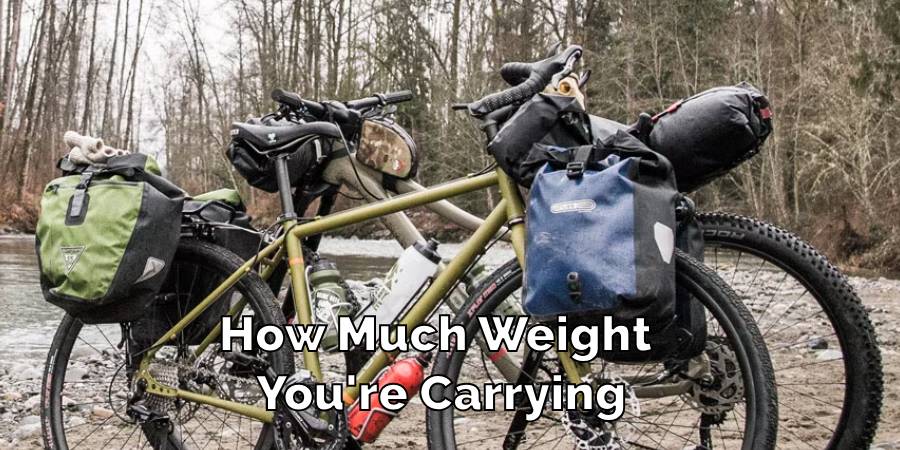
Brakes work harder with more weight. So, if you often cycle with a lot of gear or if you’re a bit heavier, it might be wise to get brake pads meant for these tougher jobs.
Taking Care of Your Brake System
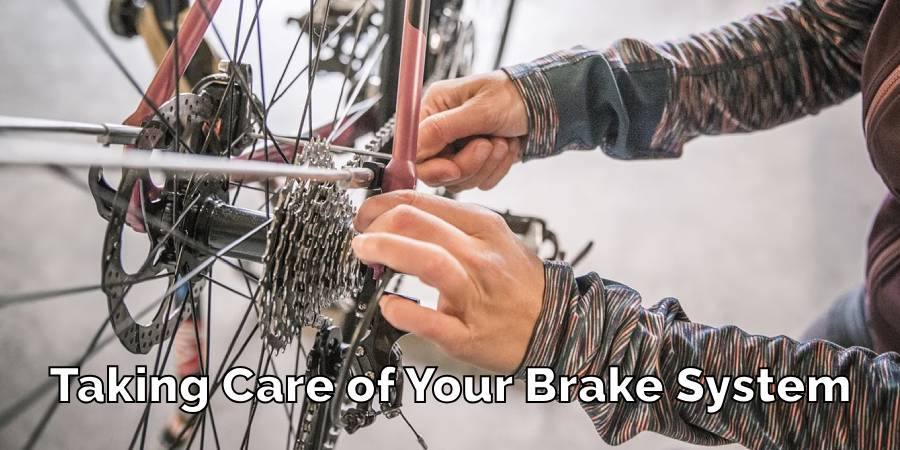
Just like any other part of your bicycle, your brake system needs love and care. Check it regularly to make sure everything’s in order. Clean away any dirt and ensure the system is set up right. This helps in preventing the brake pads from wearing down too quickly.
By paying attention to where and how you ride, and giving your brakes the care they need, you can ensure that your brake pads remain effective for many rides to come. It’s not just about extending their life, but also about ensuring a safe and enjoyable cycling experience.
Attention and Care to Make Your Bicycle Last Longer
While we’ve discussed brake pads in-depth, the overall health of your bicycle depends on looking after every part of it. Here are some simple yet vital steps to follow:
Inspect Everything, Often
Don’t wait for a problem to arise. Make it a habit to give your bicycle a quick once-over regularly, checking everything from the tires to the handlebars, not just the brakes. This helps spot any issues before they become bigger problems.
Shielding It from Extreme Weather
Rain, harsh sunlight, or extreme cold can be hard on your bicycle. If possible, don’t leave your bicycle out for long periods in these conditions. Harsh weather can lead to problems like rust or material degradation.
Keep Moving Parts Lubricated
Anywhere on your bicycle where parts move against each other can benefit from some lubrication. This cuts down on wear by reducing friction and makes everything run more smoothly.
Proper Storage
It’s always a good idea to store your bicycle in a place that’s shielded from the elements. A cool, dry spot like a garage or indoor rack is ideal. This protects it from both weather and potential damage.
Clean After Messy Rides
If you’ve been out cycling on a rainy day or on muddy trails, give your bicycle a good cleaning afterward. It doesn’t just make your bicycle look better it stops things like dirt or water from causing longer-term damage.
In summary, your bicycle can serve you well for many years if you take some time to look after it. Remember, a bicycle that’s well-maintained isn’t just about lasting long, it’s also about safe and enjoyable rides every time you hop on.
Conclusion
Bicycle disc brake pads are at the heart of what makes your cycling adventures both enjoyable and safe. Their importance can’t be stressed enough. By being aware of what affects their wear and how to extend their life, you can not only cut down on frequent replacements but also ensure that your brakes are always in top-notch condition.
Consistent brake performance translates to smoother stops and less unexpected bicycle maintenance. Furthermore, it’s not just about the brake pads. The overall upkeep of your bicycle, from its tires to its gears, contributes to its longevity and performance.
So, every bit of care you invest in your bicycle goes a long way. At the end of the day, a bicycle that’s well-looked after provides not just reliable transportation but also a delightful experience each time you go for a ride.
Read also – How Fast Will a 50cc Motorized Bicycle Go
How to Carry Bike on A Scooter?
The swift agility of a scooter with the pedal-powered pleasure of a bike isn’t just…
Where To Put Keys While Cycling?
Hey there, cyclists! Keys might seem like a simple thing, but listen up – keeping…
How to Lock Multiple Bikes Together?
Heading out with friends or family for a bike ride? Great idea! But let’s not…
How to Carry Boxes on A Bike?
Choosing your bike over a car is kind to the earth because you’re not causing…
How to Carry Musical Instruments on A Bike?
On a venture where the harmony of biking intertwines with the rhythm of music, I…
How to Carry a Yoga Mat on A Bike?
Mixing cycling with yoga offers a unique blend of benefits, including a heart-healthy warm-up from…

